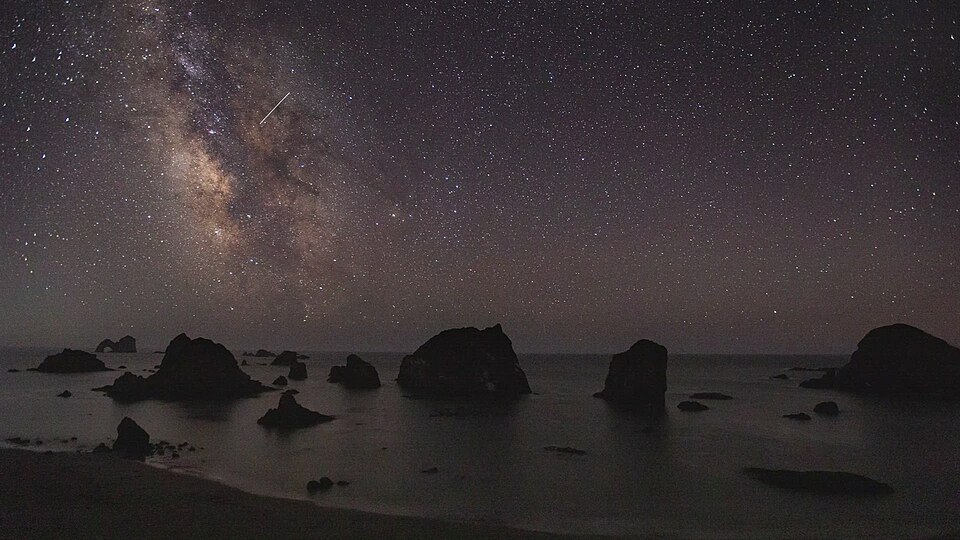Perseids Meteor Shower 2025: Viewing Guide and Peak Times

The Perseids meteor shower, renowned as one of the most spectacular astronomical events, is set to reach its peak from August 12 to 13, 2025. This year, skywatchers can expect to witness a dazzling display of meteors, as Earth passes through the debris trail of comet 109P/Swift-Tuttle, which occurs annually from July to September. The Perseids are particularly distinguished by their bright meteors, which can appear to burn longer than those from other meteor showers, making it a favorite among both amateur and seasoned astronomers.
According to Dr. Emily Carter, an astrophysicist at the California Institute of Technology, the Perseids can yield between 50 to 75 meteors per hour during peak nights. "The Perseids are particularly accessible to the public, as they occur during summer in the Northern Hemisphere, allowing more people to enjoy the spectacle in favorable weather conditions," Dr. Carter stated in her 2025 report published in the Journal of Astronomy and Astrophysics.
This year, the meteor shower is expected to peak in the early hours of August 13, although observers may encounter challenges due to the Moon being 84 percent full on the peak night. This lunar brightness is likely to overshadow many of the fainter meteors, reducing visibility to approximately 25 meteors per hour. "While the Moon’s light may limit the visibility of some meteors, the bright ones that do appear will still offer a remarkable viewing experience," noted Dr. James Thompson, a prominent astronomer at the European Space Agency.
To optimize the viewing experience, experts recommend finding a dark location away from city lights, ideally in rural areas. Observers should look towards the northeast sky, aiming for the constellation Perseus, which is where the meteors will seem to originate from. Avoiding the use of phones is also advised, as this allows the eyes to adjust to the darkness, enhancing visibility.
Historical data indicates that the Perseids have been observed for over 2,000 years, with their origins traced back to ancient civilizations. The peak of this meteor shower has long been celebrated, with various cultures attributing significance to the falling stars. In 2025, skywatchers are encouraged to bring along blankets or reclining chairs to enhance comfort while gazing up at the night sky.
The Perseids are not the only celestial events to watch for in 2025; other meteor showers will also occur throughout the year, including the Geminids in December, which are known for their abundance and brightness. For those who miss the Perseids, the Geminids present another opportunity to witness stunning meteor displays.
In summary, the Perseids meteor shower offers an excellent occasion for stargazers and families to gather and enjoy one of nature’s most beautiful spectacles. Despite the challenges posed by the lunar light, the upcoming peak promises to be an unforgettable experience for all who venture out to witness it.
Advertisement
Tags
Advertisement





